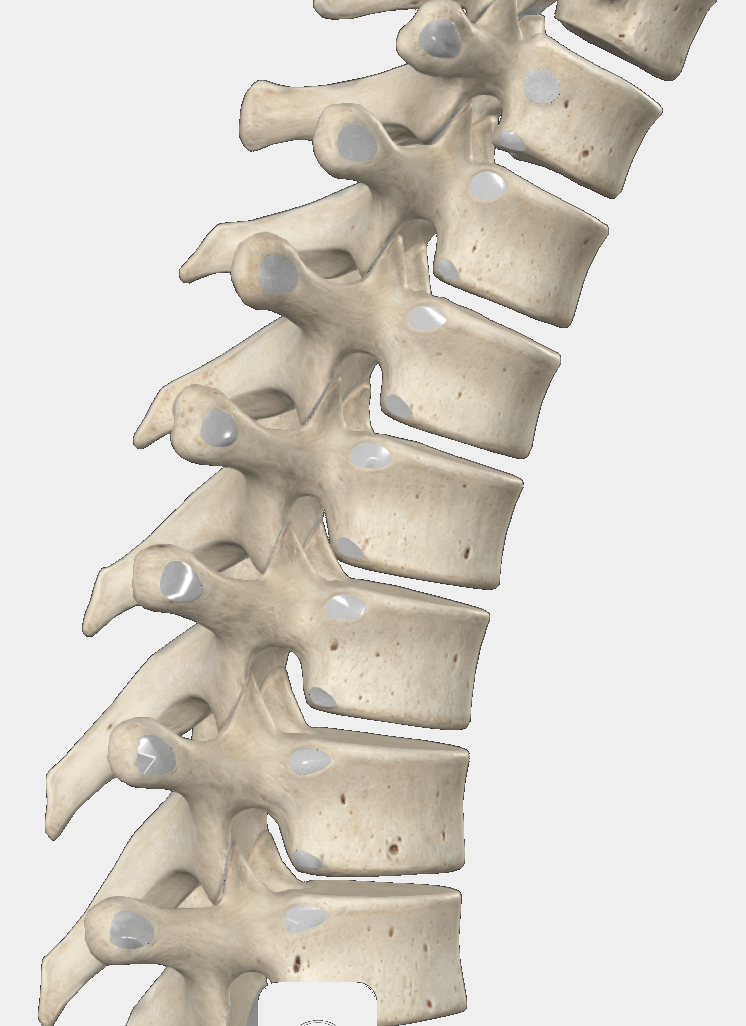What is radiofrequency treatment of thoracic sympathetic nerves?
Radiofrequency treatment (RFA) of thoracic sympathetic nerves is a minimally invasive procedure that targets the thoracic sympathetic nerves. The goal is to reduce or eliminate the activity of the nerves, which helps alleviate upper limb pain and improve blood circulation.
In which diseases/conditions is the procedure used?
This procedure is primarily used for the treatment of chronic pain conditions, like CRPS (formerly known as Suddeck atrophy) and circulation disorders of the upper limbs, such as Raynaud’s syndrome or Buerger’s disease, which lead to cold sensitivity and whitening, followed by blueness of the skin in cold weather. It is also used for hyperhidrosis, which is excessive sweating of the palms, face, or forearms. After sympathectomy, the brain cannot send signals to the affected areas to constrict blood vessels, thus increasing limb circulation. This forms the basis for the treatment of conditions associated with vascular insufficiency. Furthermore, the transmission of pain information to the brain also occurs through the same sympathetic nerve chain, meaning that sympathectomy reduces the sensation of pain. 1
When is the procedure not applicable?
The procedure is not applicable in cases of local and systemic infection.
What to expect during the intervention?
The intervention takes about 30-60 minutes and is performed under sedation (drowsiness) or anesthesia. The procedure is always performed in the operating room, under sterile conditions and under X-ray guidance.
What happens after radiofrequency treatment of thoracic nerves?
The limb warms up, and the pain usually decreases immediately, however, in some cases, it may take a few days. Rest is recommended on the day of the procedure, and from the next day, you can return to your normal daily routine.
How long is the expected improvement in function and pain relief?
Apart from the treatment performed once as described above, usually, no further treatment is needed. However, if pain returns over the years (due to nerve regrowth), the treatment can be repeated.
How should the patient prepare for the procedure?
What are the possible risks of radiofrequency treatment of thoracic nerves?
Extremely rare: Pneumothorax, infection, intercostal nerve neuralgia, bleeding, infection, pain, pneumonia, damage to arm nerves or blood vessels, weakness in the arms, burning sensation in the arms. A problem called Horner’s syndrome, which leads to drooping of the eyelid.
References:



